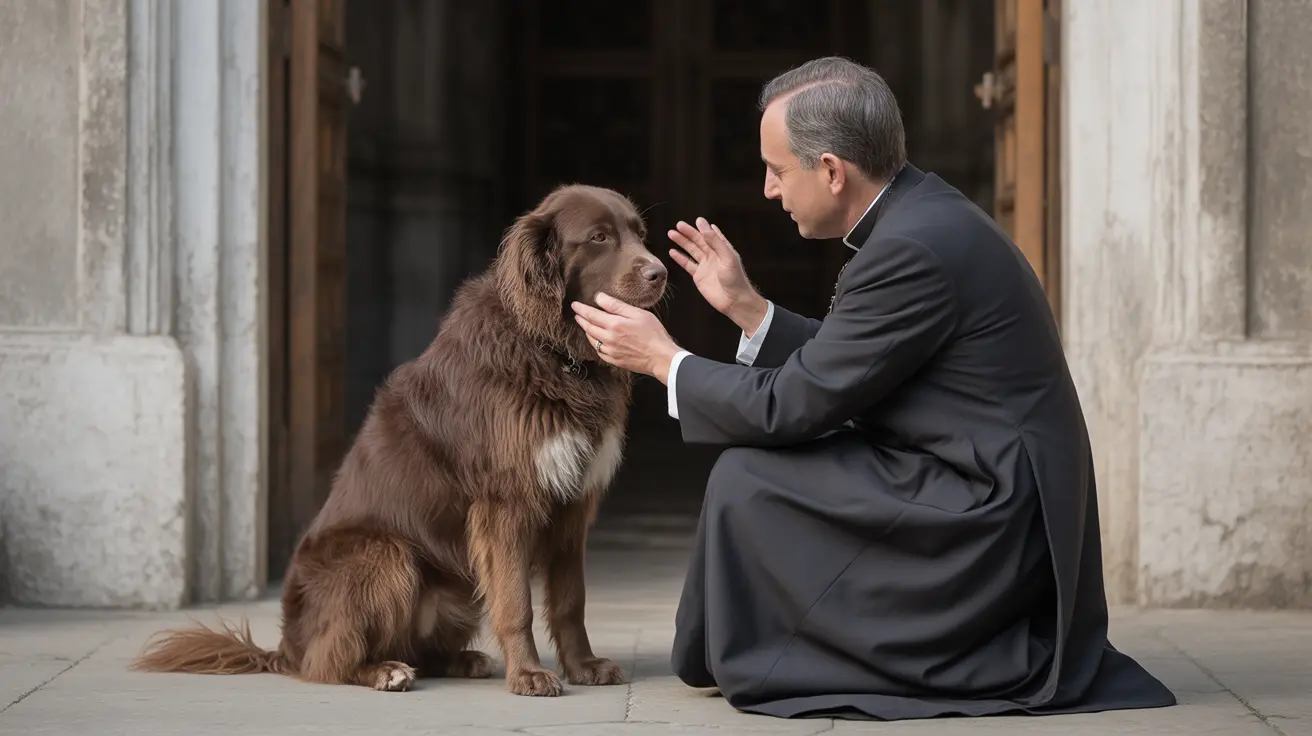Professional dog grooming requires a unique combination of technical expertise, patience, and understanding of canine behavior. Whether you're just starting your career or looking to enhance your existing skills, mastering proper grooming techniques is crucial for providing top-quality care while ensuring both pet and groomer safety.
In this comprehensive guide, we'll explore essential professional grooming practices, from fundamental techniques to advanced handling strategies, helping you deliver exceptional service to your four-legged clients.
Understanding Professional Grooming Fundamentals
Professional dog grooming goes far beyond simple bathing and brushing. It's a systematic approach to maintaining a dog's hygiene, health, and appearance through various specialized techniques and tools.
Essential Equipment and Tools
- Professional-grade clippers with various blade sizes
- High-quality scissors and thinning shears
- Slicker brushes, pin brushes, and metal combs
- Nail clippers and grinding tools
- Professional dryers and grooming tables
- Sanitizing equipment and supplies
Pre-Grooming Assessment
- Coat condition and type
- Presence of matting or tangles
- Skin health and sensitivity
- Overall temperament and behavior
- Any visible health concerns or injuries
Advanced Grooming Techniques
Bathing and Drying Procedures
- Use temperature-controlled water
- Apply shampoo in the direction of hair growth
- Ensure thorough rinsing to prevent skin irritation
- Implement proper drying techniques based on coat type
Precision Cutting and Styling
- Pattern setting for breed-specific cuts
- Line brushing for longer coats
- Proper use of thinning shears
- Facial trimming techniques
- Paw pad maintenance
Safety and Handling Protocols
Professional groomers must prioritize safety for both themselves and their canine clients:
- Use proper restraint techniques
- Recognize signs of stress or aggression
- Maintain clean and sanitized equipment
- Practice proper lifting and handling procedures
Health Assessment During Grooming
Professional grooming sessions provide excellent opportunities to detect potential health issues:
- Skin abnormalities or masses
- Ear infections or inflammation
- Dental problems
- Nail bed issues
- Joint stiffness or pain
Frequently Asked Questions
What are the essential dog grooming techniques every professional groomer should master?
Professional groomers should master bathing, drying, brushing, de-matting, nail trimming, ear cleaning, and breed-specific cutting techniques. Additionally, they should be proficient in safe handling and restraint methods.
How often should different dog breeds be professionally groomed to maintain their coat and health?
Grooming frequency varies by breed: short-haired breeds may need grooming every 8-12 weeks, while long-haired or high-maintenance breeds might require service every 4-6 weeks. Factors like lifestyle, coat type, and seasonal changes also affect grooming schedules.
What professional grooming tools are necessary for safe and effective dog grooming?
Essential tools include professional clippers, various scissors and shears, different brushes and combs, nail care tools, grooming table, professional dryer, and sanitizing equipment. Investment in high-quality tools ensures better results and longer-lasting equipment.
How can professional groomers handle anxious or aggressive dogs during grooming sessions?
Professional groomers should use positive reinforcement, maintain a calm demeanor, take frequent breaks if needed, and employ proper restraint techniques. In some cases, working with a veterinarian or animal behaviorist may be necessary.
Why is regular professional grooming important for detecting health issues in dogs early?
Regular grooming allows professionals to spot potential health issues like skin conditions, lumps, parasites, ear infections, or dental problems before they become serious. Early detection often leads to more successful treatment outcomes.
Conclusion
Professional dog grooming requires continuous learning, practice, and dedication to maintaining high standards of care. By mastering these essential techniques and maintaining a focus on safety and quality, you'll build a reputation for excellence in the growing pet care industry.






